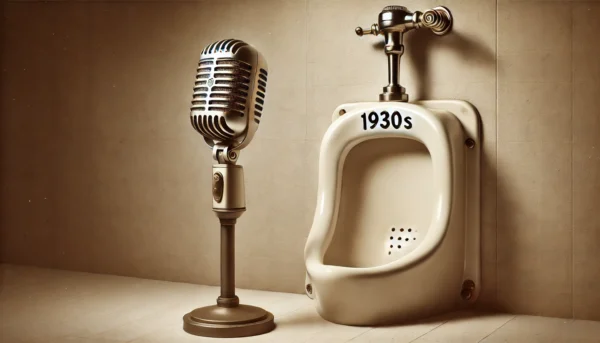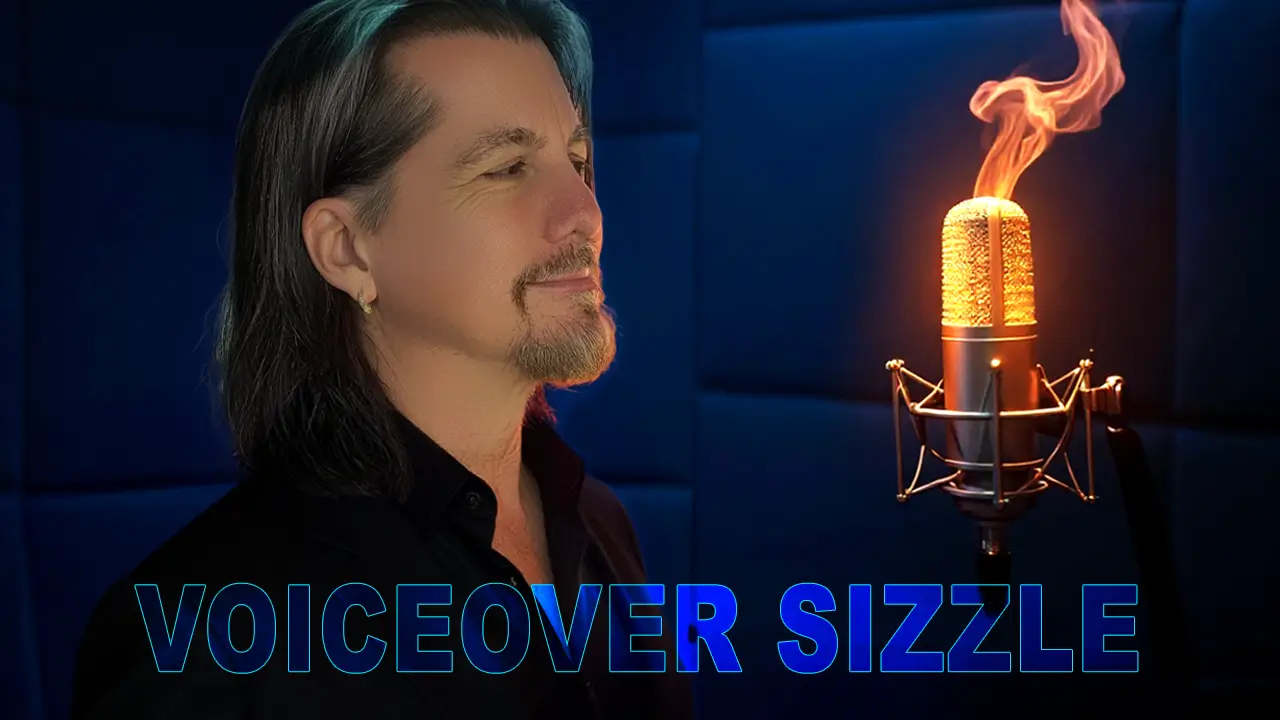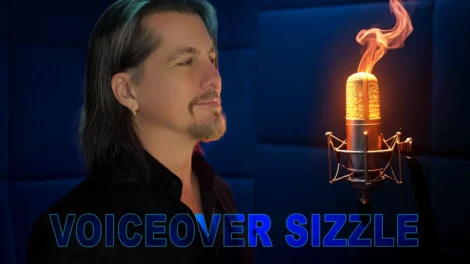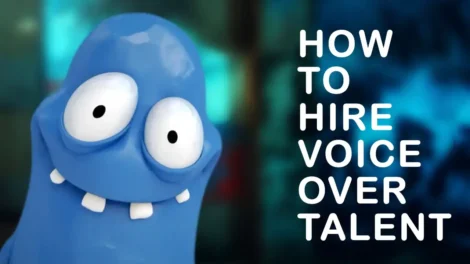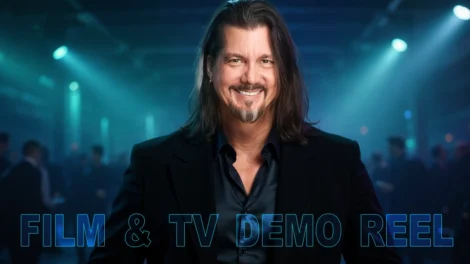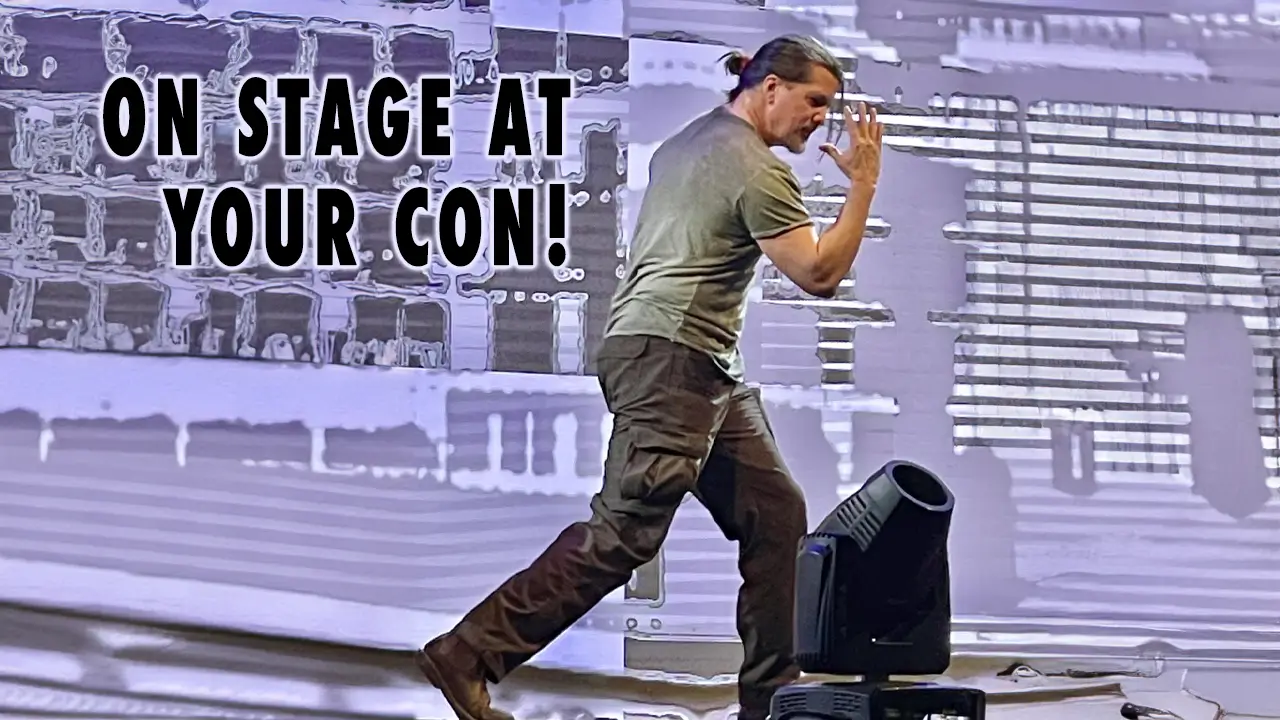Male Voice Over Artists: The Men Behind the Mic
Welcome, dear readers, to the wild and wacky world of male voice over artists! If you’ve ever wondered who’s behind the iconic voices that fill our lives with joy, laughter, and sometimes a little confusion, you’re in the right place. Let’s dive into this sonic circus, breaking down the term itself and celebrating the legends of the mic from the 1930s to the 2020s. Buckle up, it’s going to be a hilarious ride!
Breaking Down the Term “Male Voice Over Artists”
Male
Definition: An adult human male.
Funny take: “The kind of person who thinks a deep voice is enough to get out of washing the dishes. Spoiler alert: it’s not. Trust me, I’ve tried.”
Voice
Definition: The sound produced in a person’s larynx and uttered through the mouth.
Funny take: “What you use to sweet-talk your way out of trouble or order extra cheese on your pizza. Also, the tool of the trade for our heroes today.”
Over
Definition: Higher than in position.
Funny take: “Like trying to be over the top, but with your vocal cords. Think of it as the vocal equivalent of a Broadway performance.”
Artists
Definition: A person skilled at a particular task or occupation.
Funny take: “The creative type who paints pictures with sound and never has to worry about paint stains. These guys can turn a simple ‘hello’ into a masterpiece.”
The Evolution of Male Voice Over Artists
Once upon a time, in a land far, far away (actually, it was Hollywood), voice over work was born. From the golden days of radio to the modern era of video games and digital media, male voice over artists have been the unseen stars of our entertainment world. They’ve evolved from simply reading lines to becoming integral parts of storytelling, using their voices to create unforgettable characters.
Famous Male Voice Over Artists by Decade
1930s: The Pioneers
The 1930s were the wild west of voice over work, where pioneers like Mel Blanc roamed free.
- Mel Blanc: Known as the “Man of a Thousand Voices,” Mel Blanc was the voice behind Bugs Bunny, Daffy Duck, and countless other characters. IMDB
- Cliff Edwards: The voice of Jiminy Cricket. Yes, that wise little cricket giving advice since 1940.
Funny commentary on the era: “Back when radio was king, and cartoons were just learning to talk. These guys had to be sharp, because in those days, if your voice cracked, so did your career.”
1940s: The War-Time Voices
During the 1940s, voices were a crucial part of war-time morale and entertainment.
- Jim Jordan: Famous for Fibber McGee and Molly, Jim’s voice brought laughter to many homes during tough times.
- Daws Butler: Before he was the voice of Yogi Bear, he was cutting his teeth on radio shows.
Humor about the era: “Voices that boosted morale and sold war bonds. Who needs an army when you’ve got a voice like that?”
1950s: The Golden Age of Animation
The 1950s saw the rise of television and the golden age of animation.
- Paul Frees: The voice of Boris Badenov and the Haunted Mansion. He could scare you silly and then sell you a haunted house.
- Daws Butler: Yogi Bear, Huckleberry Hound. If it was a Hanna-Barbera character, odds are, Daws was behind it.
Quirky observation: “When TV dinners were hot, and so were these voices. They could sell anything from cereal to… well, haunted mansions.”
1960s: The Psychedelic Sounds
The 1960s brought a wave of psychedelic sounds and voices that were out of this world.
- Don Messick: The voice of Scooby-Doo and Papa Smurf. Talk about range!
- Casey Kasem: Shaggy from Scooby-Doo. Zoinks! He also counted down the top 40 hits.
Funny take: “Voices that fit right in with the tie-dye and flower power. These guys were groovier than a lava lamp.”
1970s: The Groovy Voices
The 1970s were all about funky, groovy voices that matched the era’s vibe.
- Frank Welker: Fred from Scooby-Doo and Megatron from Transformers. From solving mysteries to destroying Autobots.
- Lennie Weinrib: H.R. Pufnstuf. A psychedelic kids’ show needs an equally trippy voice.
Humor about the decade: “When disco ruled and cartoons started to get really groovy. These voices were the soundtrack to bell-bottoms and platform shoes.”
1980s: The Action Heroes
The 1980s brought us the voices of action heroes and larger-than-life characters.
- Peter Cullen: The voice of Optimus Prime. More than meets the ear.
- Frank Welker: Continuing dominance in voice roles, including Megatron.
Humorous commentary: “Voices that made Saturday mornings and action figures legendary. They were the heroes we never knew we needed.”
1990s: The Renaissance Era
The 1990s were a renaissance for animation and voice over artistry.
- Rob Paulsen: Pinky, Yakko Warner. Narf! He made talking mice and maniacs lovable.
- Jim Cummings: Winnie the Pooh, Tigger. From bouncing tiggers to hunny-loving bears.
Fun observation: “When voices were as extreme as the skateboards kids rode. They defined a generation of after-school cartoons.”
2000s: The Millennium Voices
The 2000s ushered in new styles and voices that defined the new millennium.
- Tom Kenny: SpongeBob SquarePants. Who lives in a pineapple under the sea? Tom’s voice!
- Seth MacFarlane: Family Guy, American Dad. Voices that pushed the envelope and then some.
Humorous note: “Voices that shaped a new millennium and countless memes. They were more viral than a cat video.”
2010s: The Digital Age
The 2010s saw the rise of digital media and video games as a dominant force.
- Troy Baker: Joel in The Last of Us. His voice could bring you to tears (and it did).
- Nolan North: Nathan Drake from Uncharted. The voice of adventure and sarcasm.
Funny take: “Voices that brought video game characters to life and gamers to tears. They were the real MVPs of the joystick generation.”
2020s: The New Frontier
The 2020s are shaping up to be a new frontier for voice over artists, with streaming and digital media leading the charge.
- Matthew Mercer: Critical Role, McCree from Overwatch. A voice that dominates both gaming and tabletop RPGs.
- Yuri Lowenthal: Spider-Man in Marvel’s games. With great voice acting comes great responsibility.
Humorous look at the present: “Voices that are shaping the streaming era and virtual worlds. Maybe soon, we’ll have voices that can cook dinner too!”
The Future of Male Voice Over Artists
What does the future hold for male voice over artists? With advancements in AI and technology, the possibilities are endless. We might see voices that can emulate anyone, anytime, anywhere. But no matter how much technology evolves, the heart and soul of voice acting will always lie in the creativity and talent of the artists themselves.
A funny take on what’s to come: “Maybe soon, we’ll have voices that can cook dinner too! Imagine ordering a pizza from Optimus Prime. Now that’s delivery with a difference!”
AND SO…
As we wrap up our journey through the decades, it’s clear that male voice over artists have been an essential part of our entertainment landscape. From the early days of radio to the digital age, their voices have brought characters to life and created lasting memories. So next time you hear that familiar voice, take a moment to appreciate the artistry behind it.
Final humorous note: “And remember, behind every great cartoon character, there’s a guy in a sound booth, probably wearing pajamas, making magic happen.”

